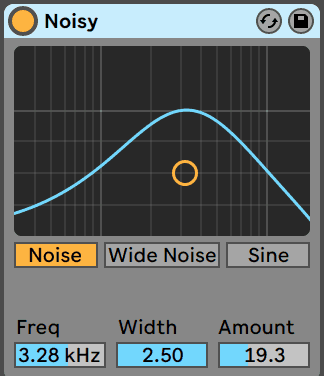

My older eyes truly appreciate this, though it would appreciate it more is the actual preference dialog scaled with the rest. The resized text and controls keeps things legible where smaller, constant-size bitmaps disappear into obscurity. Switching to an Ultra UHD display? Open preferences and set the interface to 150% or even 200%. Live’s interface is re-sizable because it’s rendered using drawing commands, or simple stretchable bitmaps, not “realistic”, static-sized bitmaps. Max is a framework/interface to the inner workings of Live that allows the development of third-party plug-ins and utilities. But, despite the myriad of feature requests you find in the Ableton forums, they’ve kept things simple, and relegated what might be niche features to Max for Live.

When I say simplicity, I’m not saying Ableton Live lacks power or sophistication-it has those in spades. It really is the quickest way to get your ideas down in a palatable form. Odds are there’s a better, quicker way to do what you want to do in Ableton. Still, if you don’t see a feature you’re used to, read the docs or visit a forum. The mixing section is also a bit primitive and the company has spent much of the last few years on its Push software. On the negative side, the program doesn’t export projects (only tracks) as MIDI files or anything else, and there’s no support for VST3 plugins. But the heart of the program is its flexible clip launcher which allows DJs and electronic dance mavens to queue up and play material as they see fit. The suite version comes with thousands of samples, and a plethora of virtual instruments and FX. The scalable interface, though perhaps a little long in the tooth appearance-wise, remains refreshingly simple and straightforward. Pricey compared to much of the competitionĪbleton Live’s clever interface and integrated audio time, pitch, and tempo manipulation make it a powerful creative, recording and editing tool.


 0 kommentar(er)
0 kommentar(er)
